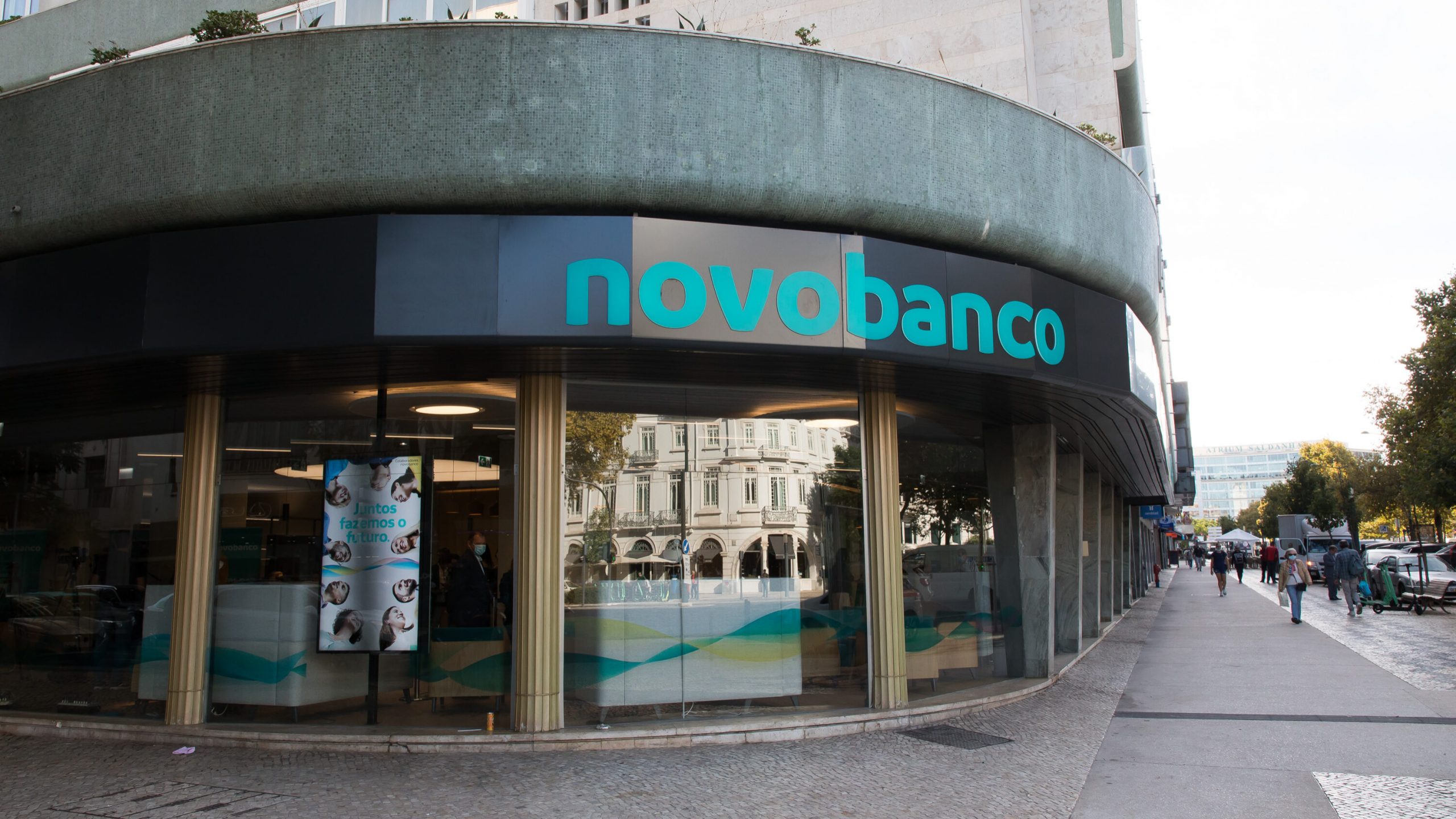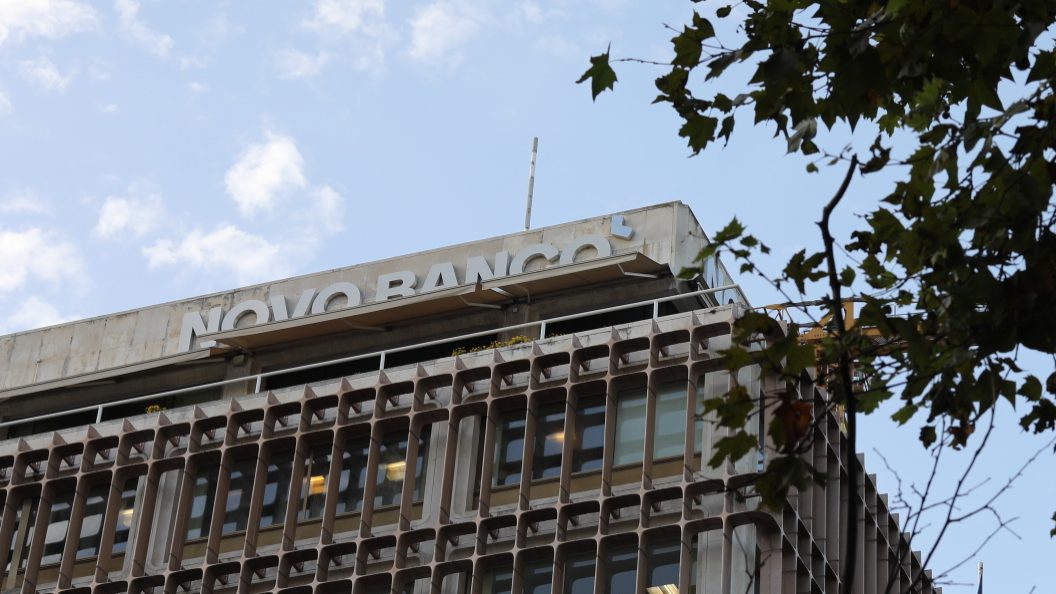Blackout was a “litmus test” for the batteries at the mega data centre in Sines
The relationship between Start Campus and Schneider Electric had a litmus test on the 28th of April. A new contract between the companies is increasingly a possibility.
If successful, the data centre being built in Sines will be the largest in Europe. More than a “warehouse” for computer servers, it is a campus made up of one building — in the future, six — that needs power 24 hours a day, seven days a week, otherwise the big tech companies will lose information about companies and citizens. So how do you ensure that these databases remain active, cool and, at the same time, sustainable? A triad made up of batteries, generators and (soon) seawater.
On the historic 28th of April 2025, when Portugal and Spain went dark, the resilience of the technology and electrical power supplies of the mega data centre were tested to the limit and, as no system was compromised, the blackout may even have guaranteed the extension of the contract between Start Campus and the French company Schneider Electric, which supplies the low and medium voltage electrical panels and batteries to the data centre. Without confirming whether he will pay for more of the brand’s electrical equipment in the next five buildings, the CEO of Start Campus admits to ECO that the Iberian incident “was a good test”.
Will Schneider Electric be back in the game? “Potentially”, says Robert Dunn, in an interview from Sines. Shortly before laying the foundation stone for the second building, Start Campus is finalising the tender for contractors and equipment suppliers and hopes to make a decision by the beginning of the third quarter.
“In this first phase, they have supplied us with most of the electrical equipment. We’re also already working with them on renewable energy contracts for future phases and finding renewable energy partners for at least 100MW of solar and wind to match what we anticipate customers will use”, he says.
“We will continue to work with them on this, because they are quite exclusive products that are on the market and have expertise in the energy market. In terms of what they’ll be doing on projects SIN02, 3, 4, 5 and 6… They’re tendering for a wide range of power and cooling equipment, but we haven’t made any awards yet”, explains Robert Dunn.
What is certain is that the French multinational is one step ahead because it has guarantees. Although Start Campus and Schneider Electric simulated a blackout in 2024 before opening their doors in Sines, the final test took place when the lights went out (really). “In October we had already done a series of tests to make sure everything worked, but they control the tests, so with this blackout it was interesting to see how the system really reacted and also the team and the supply chain. It worked as we expected”, says the CEO, adding that the staff are experienced in this industry and “have seen things like this before”. This value chain includes, for example, Galp and Repsol as fuel suppliers, having sent the company all the green diesel (HVO – Hydrotreated Vegetable Oil) that powers the generators.
To better understand the dynamics of how the generators kept the systems operational on the fateful day, here’s what happened: as soon as the blackout occurred, the HVO-powered generators went into action, but during the time until they started — and anyone who has one at home knows that it’s not a truly automatic process — it’s the batteries that “hold” the servers. Schneider Electric’s UPS (Uninterruptible Power Supply) machines support the network in those seconds that the generator needs to start doing its job.
Even though she doesn’t know if it will be extended, this contract with Start Campus makes it one of the French company’s biggest clients in Portugal. “The most important clients are also those who follow our strategies, such as sustainability, which is part of our values”, said the Galician manager, pointing out that the company based in Rueil-Malmaison was voted the most sustainable in the world by Time magazine.
Aroa Ruzo also emphasised the quality of the engineering professionals. “We have more than 200 employees in Portugal. It’s a truly incredible country in terms of professionals”, she emphasised, speaking to ECO.
As well as talent, in the opinion of the head of Connectivity at Start Campus, Portugal has the capacity to compete with the Nordic countries on energy prices and could even add an ‘L’ (Lisbon) — or an ‘S’ for Sines — to the ‘Tier 1’ of data centres: the FLAPD-X (Frankfurt, London, Amsterdam, Paris, Stockholm and Dublin).
“Portugal is very well positioned in the data centre market, both from the point of view of telecommunications connectivity and the availability of green energy. Before, it wasn’t part of Tier 1”, said Fernando Azevedo, noting that in almost all of these countries, from Germany to Ireland, there is a lack of energy that is holding back the approval of new projects, which is not the case in Portugal.
However, it is necessary to invest in more (environmentally friendly) infrastructure and speed up licensing, which are two of the market’s main challenges, warned Pablo Ruiz-Escribano, senior vice-president of Secure Power & Data Centre in Europe at Schneider Electric, advocating public-private collaboration to obtain operating licences.
“Start Campus was a revolutionary idea in the market and Europe has a dynamic data centre market, which will become a key player in the digital economy, but we need to collectively tackle the challenges to attract more. The lowest rate of free space ever requires construction and only 45% of SMEs have adopted cloud”, the expert warned in a session with the press.
Seawater to “cool” servers
Typically noisy and hot, servers require cooling, which in Sines will be done with cold salt water. Although it’s not yet 100% ready, the Atlantic Ocean cooling system is the most disruptive feature of the Start Campus data centre on the Alentejo coast, not least because there aren’t many like it in the world.
In Europe, there’s the Interxion centre in Stockholm and there was one completely submerged at the bottom of the North Sea, off an archipelago in Scotland, installed by Microsoft in 2018. As part of a project called Natick, this data centre was the size of a cargo container, was removed from the water in 2020 and its results are being analysed. The Nautilus Data Technologies data centre is floating in the US port of Stockton, California.
In Sines, the system will work through water pipes and three filtering stages to remove debris. Naturally, the water never comes into contact with the electrics and works like car radiators, whose mission is to dissipate the heat generated by the engine. To do this, titanium plates are used to separate the filtered water.
Electric company pays 850 million dollars to cool data centres
Schneider Electric recently signed a huge transatlantic deal with data centres in mind: it acquired 75% of the US company Motivair, which specialises in liquid cooling and thermal management for computer systems, for which it paid 850 million dollars (around 743 million euros) in February. In 2028, it will buy the remaining 25% stake.
“Motivair had been in this industry for quite some time, not least because liquid cooling, as a concept, is not new, but in recent years, as ChatGPT has appeared, the world has changed and the technology has evolved”, explained Andrew Bradner, manager of Cooling Business. It was as part of this acquisition that the French company started working with the second fastest supercomputer in the world, whose cooling system is from this new Schneider Electric subsidiary.
At stake is the Hewlett Packard Enterprise Frontier (or OLCF-5), a US supercomputer capable of reaching 1.35 quintillion calculations per second, making it the first exascale ever, and which has been installed in one of the Department of Energy’s laboratories in Tennessee since 2022 — precisely the year in which OpenAI’s chatbot appeared on our screens for free and energy began preparing to grow inorganically.



